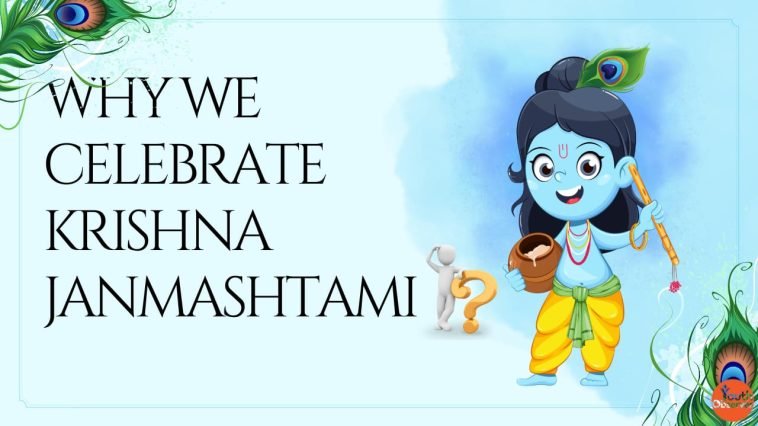Krishna Janmashtami is a very popular festival celebrated by Hindus in India and beyond. Also called Krishnashtami, Gokulashtami, Ashtami Rohini, Srikrishna Jayanti, and Sree Jayanthi, this day is special because it marks the birth of Lord Krishna, who is considered the eighth incarnation of Lord Vishnu. People all over India hold great respect for Krishna, who was born at midnight in Mathura, Uttar Pradesh, to Queen Devaki and King Vasudeva. He is known for his divine qualities of love, tenderness, and compassion, as well as for his playful pranks and miraculous deeds. This year, Janmashtami will be celebrated on both the 6th and 7th of September.
History and significance of Krishna Janmashtami
The story behind Krishna Janmashtami goes like this: Queen Devaki’s brother, Kansa, feared a prophecy that her eighth son would be his downfall. In response, Kansa imprisoned Devaki and her husband Vasudev and cruelly killed their first six children. However, when it was Krishna’s turn, he was secretly taken away from the dungeon. Vasudev, carrying Krishna in a basket, crossed the Yamuna River and left him under the care of friends Yashoda and Nanda in Vrindavan.
To divert Kansa’s attention, Vasudev returned with a baby girl born on the same day as Krishna. Hoping Kansa wouldn’t harm her, he presented her to the king. But Kansa, in his cruelty, threw the girl against a rock. Instead of being harmed, she transformed into Goddess Durga, warning Kansa about his impending doom.
Krishna, growing up, fulfilled the prophecy by defeating and killing Kansa, ending his oppressive rule. Krishna Janmashtami commemorates the love, warmth, and beauty embodied by Lord Krishna.
Rituals and Celebrations
Celebrations on this day are filled with special rituals. Devotees fast, wear traditional clothes, and bathe, dedicating themselves to decorating Lord Krishna’s idols with new clothes and jewelry. They seek blessings for the well-being of their families.
Homes are adorned with flowers and rangoli, and some follow ritualistic fasts. Some people observe a ‘nirjala vrat’ until midnight, considered Lord Krishna’s birth time, while others eat light and sattvik meals throughout the day. The puja for Lord Krishna is performed in Nishita Kaal, marking his birth at midnight. Devotees offer his favorite maakhan (white butter), milk, and curd to the idols.
Temple festivities commence before dawn, continuing all day until midnight, the believed time of Lord Krishna’s birth. Devotees engage in kirtan (devotional songs) and chant the Lord’s name. Dahi Handi is also a part of the celebration, involving the formation of a human pyramid to break an earthen pot filled with butter and curd hanging at a height.

